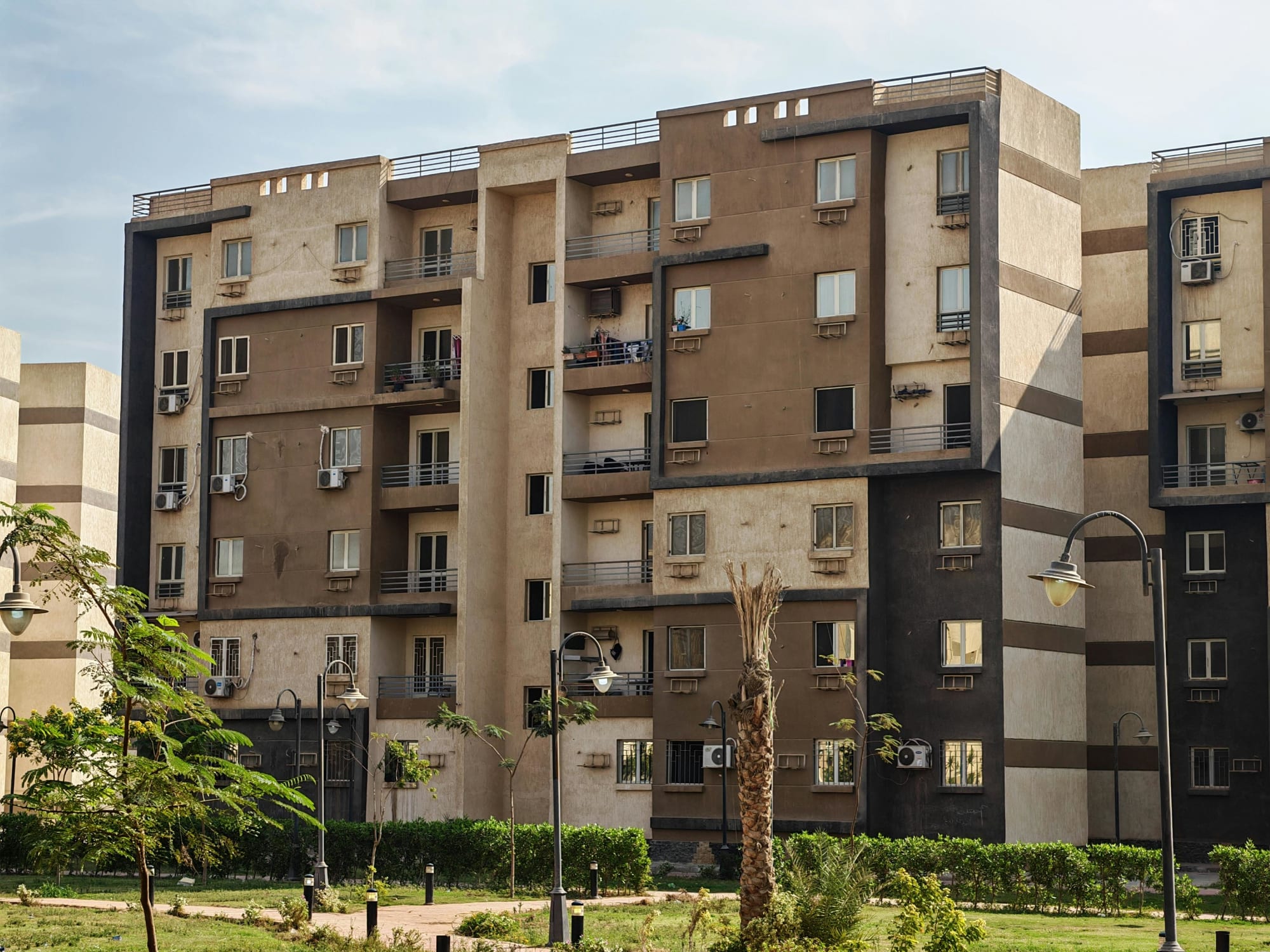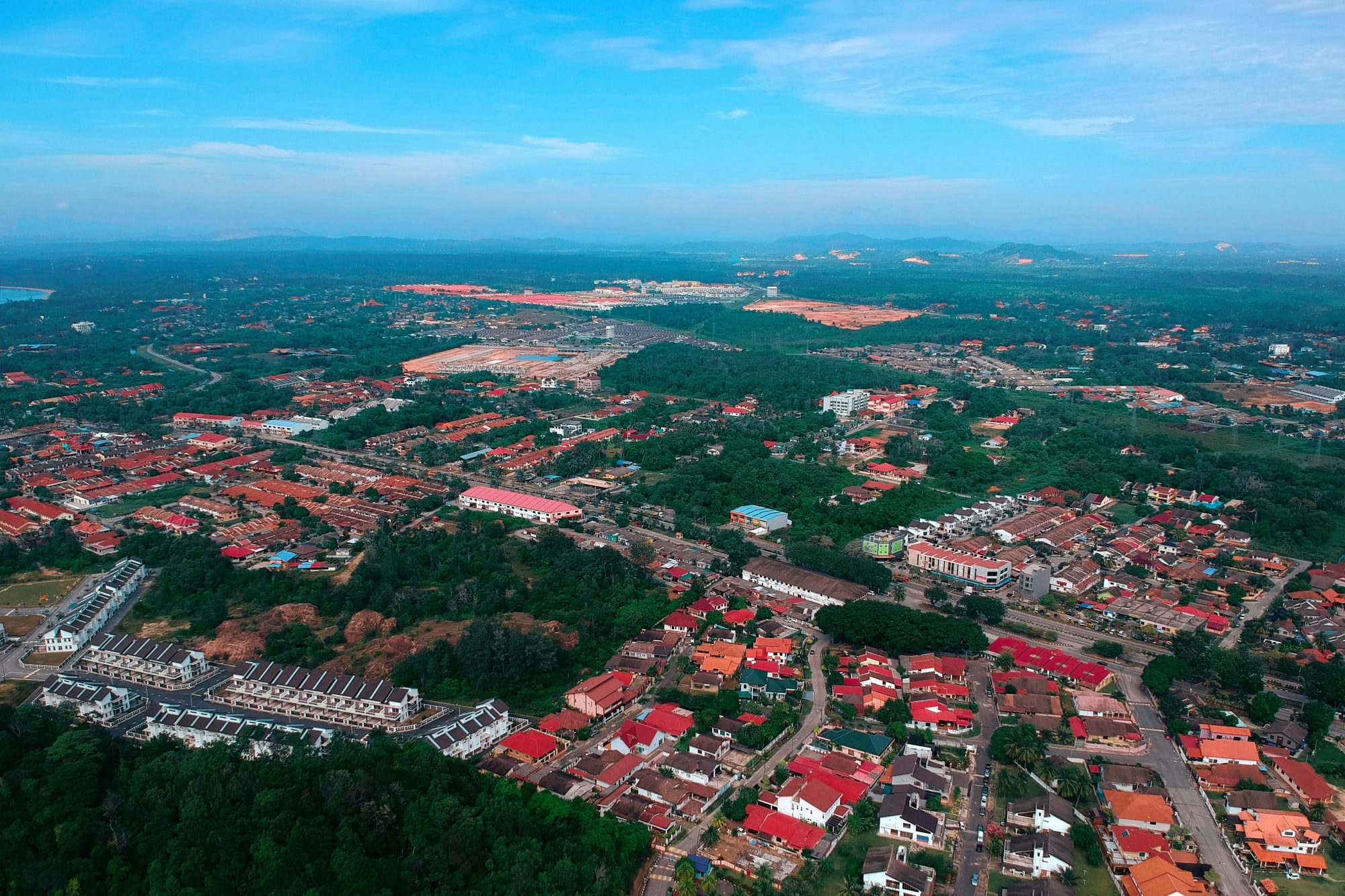Invest
Post-recession pattern: How prices will rise in the next 5 years
Real estate has proven its resilience once again as prices rise over the year and forecasts point to further strengthening, the Property Investment Professionals of Australia said.
Post-recession pattern: How prices will rise in the next 5 years
Real estate has proven its resilience once again as prices rise over the year and forecasts point to further strengthening, the Property Investment Professionals of Australia said.

The CoreLogic Home Value Index for November showed that national dwelling values were up 0.8 per cent over the month, with every capital city, apart from Melbourne, posting positive results and regional areas performing even more strongly.
According to PIPA chairman Peter Koulizos, the results were in stark contrast to some of the doom-and-gloom property price forecasts at the start of the pandemic.
“Big banks and some property commentators were predicting property price falls of anywhere from 10 to 30 per cent. At the same time, PIPA produced research to show that house prices had increased by as much as 100 per cent in the five years after the most recent recessions.
“For some reason, even though our analysis looked at every downturn or recession over the past 50 years, plenty of people were still expecting property prices to fall off a cliff this time around,” Mr Koulizos said.

PIPA’s data found that, five years after each of the recessions or economic downturns over the said 50-year period, capital city house prices often increased significantly.
“Some locations performed better than others, mostly likely due to local economic factors after each period.”
Following the most recent 2009 downturn, for instance, Sydney, Melbourne and Darwin posted double-digit growths five years later in 2014, with prices increasing by 39.7 per cent, 18.5 per cent and 16.6 per cent, respectively.
SQM Research has also now forecast strong annual growth in most capital cities in 2021, with annual dwelling price growth of up to 12 per cent predicted in some locations.
According to Mr Koulizos, government stimulus measures and record-low interest rates were always going to help protect property prices, just as they did several times in past economic downturns.
“It has always been a priority to protect the wealth of everyday Australians whose biggest asset is usually their homes,” he said.
“Lowering interest rates to support home ownership but also to encourage more spending generally has long been a successful policy during economic downturns, coupled with other stimulus measures.”
The positive price hike in November supported the results of the 2020 PIPA Annual Investor Sentiment Survey in August, which found that nearly 75 per cent of investors expected property prices to be the same or better in their state or territory in 12 months’ time.
The survey also indicated that 71 per cent of investors were less likely to sell a property over the next 12 months because of the pandemic, “which is no doubt part of the reason for the continued low supply of listings in some locations around the nation”, Mr Koulizos concluded.

Property
Australia’s mortgage knife‑fight: investors, first‑home buyers and the new rules of lender competition
The mortgage market is staying hot even as rate relief remains elusive, with investors and first‑home buyers chasing scarce stock and lenders fighting for share on price, speed and digital experienceRead more

Property
Breaking Australia’s three‑property ceiling: the finance‑first playbook for scalable portfolios
Most Australian investors don’t stall at three properties because they run out of ambition — they run out of borrowing capacity. The ceiling is a finance constraint disguised as an asset problem. The ...Read more

Property
Gen Z's secret weapon: Why their homebuying spree could flip Australia's housing market
A surprising share of younger Australians are preparing to buy despite affordability headwinds. One in three Gen Z Australians intend to purchase within a few years and 32 per cent say escaping rent ...Read more

Property
Tasmania’s pet-positive pivot: What landlords, BTR operators and insurers need to do now
Tasmania will soon require landlords to allow pets unless they can prove a valid reason to refuse. This is more than a tenancy tweak; it is a structural signal that the balance of power in rental ...Read more

Property
NSW underquoting crackdown: the compliance reset creating both cost and competitive edge
NSW is moving to sharply increase penalties for misleading price guides, including fines linked to agent commissions and maximum penalties up to $110,000. Behind the headlines sits a more ...Read more

Property
ANZ’s mortgage growth, profit slump: why volume without margin won’t pay the dividends
ANZ lifted home-lending volumes, yet profits fell under the weight of regulatory and restructuring costs—an object lesson in the futility of growth that doesn’t convert to margin and productivityRead more

Property
Rate pause, busy summer: where smart capital wins in Australia’s property market
With the Reserve Bank holding rates steady, the summer selling season arrives with rare predictability. Liquidity will lift, serviceability stops getting worse, and sentiment stabilises. The ...Read more

Property
The 2026 Suburb Thesis: A case study in turning trend lists into investable strategy
A new crop of ‘suburbs to watch’ is hitting headlines, but translating shortlist hype into bottom-line results requires more than a map and a mood. This case study shows how a disciplined, data-led ...Read more

Property
Australia’s mortgage knife‑fight: investors, first‑home buyers and the new rules of lender competition
The mortgage market is staying hot even as rate relief remains elusive, with investors and first‑home buyers chasing scarce stock and lenders fighting for share on price, speed and digital experienceRead more

Property
Breaking Australia’s three‑property ceiling: the finance‑first playbook for scalable portfolios
Most Australian investors don’t stall at three properties because they run out of ambition — they run out of borrowing capacity. The ceiling is a finance constraint disguised as an asset problem. The ...Read more

Property
Gen Z's secret weapon: Why their homebuying spree could flip Australia's housing market
A surprising share of younger Australians are preparing to buy despite affordability headwinds. One in three Gen Z Australians intend to purchase within a few years and 32 per cent say escaping rent ...Read more

Property
Tasmania’s pet-positive pivot: What landlords, BTR operators and insurers need to do now
Tasmania will soon require landlords to allow pets unless they can prove a valid reason to refuse. This is more than a tenancy tweak; it is a structural signal that the balance of power in rental ...Read more

Property
NSW underquoting crackdown: the compliance reset creating both cost and competitive edge
NSW is moving to sharply increase penalties for misleading price guides, including fines linked to agent commissions and maximum penalties up to $110,000. Behind the headlines sits a more ...Read more

Property
ANZ’s mortgage growth, profit slump: why volume without margin won’t pay the dividends
ANZ lifted home-lending volumes, yet profits fell under the weight of regulatory and restructuring costs—an object lesson in the futility of growth that doesn’t convert to margin and productivityRead more

Property
Rate pause, busy summer: where smart capital wins in Australia’s property market
With the Reserve Bank holding rates steady, the summer selling season arrives with rare predictability. Liquidity will lift, serviceability stops getting worse, and sentiment stabilises. The ...Read more

Property
The 2026 Suburb Thesis: A case study in turning trend lists into investable strategy
A new crop of ‘suburbs to watch’ is hitting headlines, but translating shortlist hype into bottom-line results requires more than a map and a mood. This case study shows how a disciplined, data-led ...Read more








